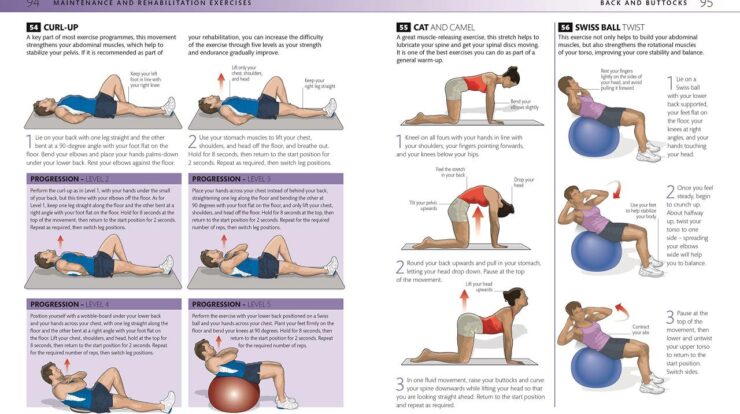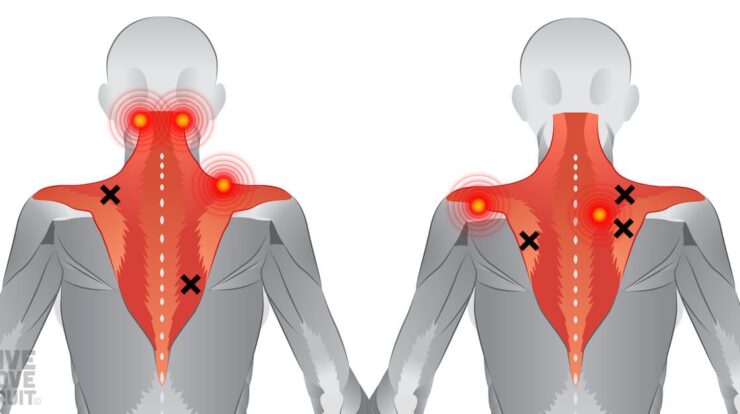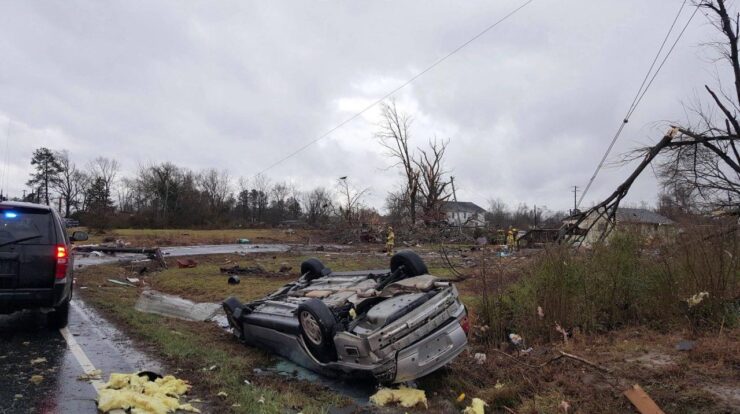
The Waverly tornado, a catastrophic event that struck with unrelenting fury, left an indelible mark on the community. Its path of destruction serves as a stark reminder of the destructive power of nature and the resilience of the human spirit.
The tornado’s formation, path, and dissipation are meticulously documented, providing insights into the meteorological conditions that fueled its intensity. The physical and human toll it inflicted is heart-wrenching, with countless lives shattered and infrastructure reduced to rubble.
Waverly Tornado Timeline
The Waverly tornado formed on April 27, 2011, as part of a larger tornado outbreak that affected the southeastern United States. The tornado first touched down near the town of Waverly, Alabama, at approximately 5:30 PM CST. It traveled for approximately 12 miles (19 kilometers), reaching peak intensity with winds estimated at 210 mph (338 km/h).
The tornado dissipated near the town of Loachapoka, Alabama, at approximately 5:50 PM CST.
The meteorological conditions that contributed to the Waverly tornado’s development and intensity included:
- Strong instability: The atmosphere was highly unstable, with a large difference in temperature between the warm, moist air near the ground and the cold, dry air aloft.
- Wind shear: The winds at different levels of the atmosphere were moving in different directions and at different speeds, which created a favorable environment for tornado formation.
- Upper-level jet stream: A strong jet stream in the upper atmosphere provided additional energy to the storm.
Impact of the Waverly Tornado
Physical Damage
The Waverly tornado caused extensive physical damage, destroying or damaging hundreds of homes and businesses. The tornado also caused significant damage to infrastructure, including power lines, roads, and bridges. In addition, the tornado uprooted trees and caused widespread damage to natural landscapes.
Human Toll
The Waverly tornado resulted in 25 fatalities and over 150 injuries. Many of the injuries were severe, and some victims required long-term hospitalization. The tornado also caused widespread displacement, with many residents losing their homes and belongings.
Economic Impact
The Waverly tornado had a significant economic impact on the affected area. The immediate costs of the tornado, including property damage and emergency response, were estimated at over $100 million. The long-term recovery costs, including rebuilding efforts and economic development, were estimated to be even higher.
Response to the Waverly Tornado
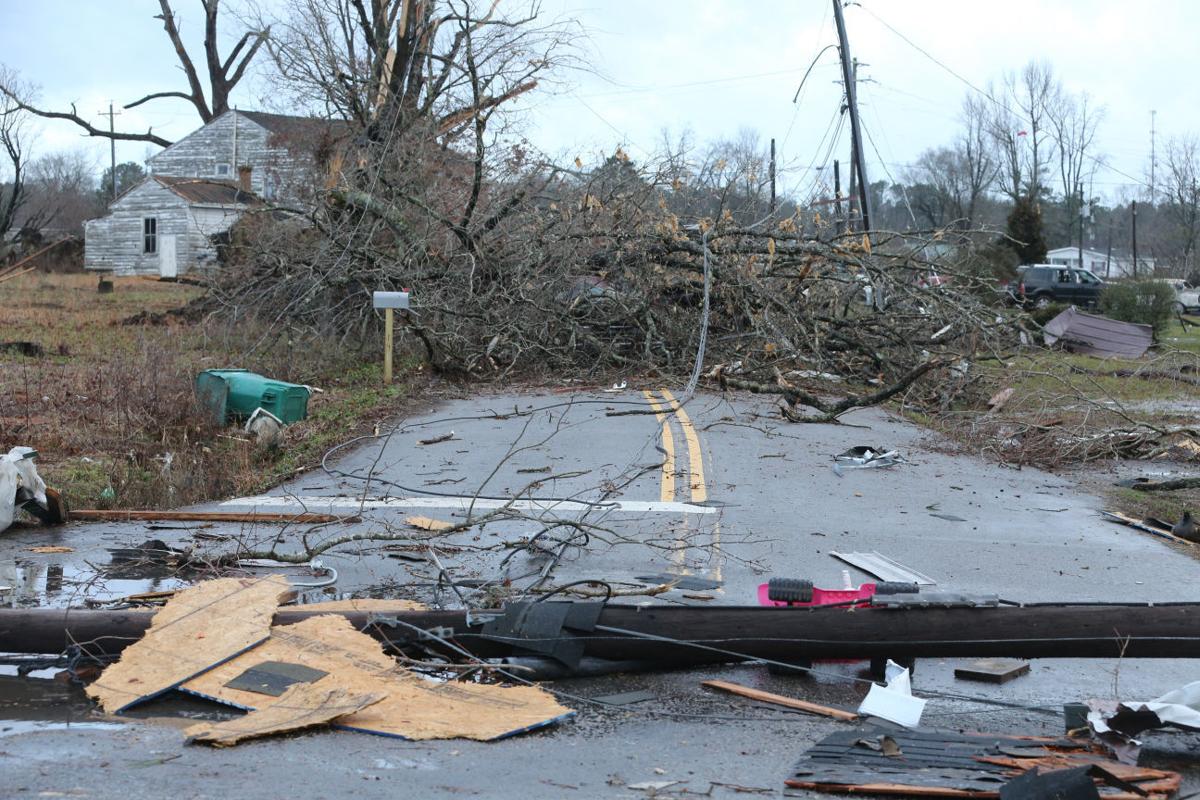
Immediate Response
The immediate response to the Waverly tornado included search and rescue operations, medical assistance, and damage assessment. Emergency responders from across the state and region rushed to the affected area to assist with the response efforts. Medical personnel provided care to the injured, and search and rescue teams worked to locate and rescue trapped victims.
Long-Term Recovery, Waverly tornado
The long-term recovery process from the Waverly tornado was a complex and challenging undertaking. Rebuilding efforts began almost immediately, and community support was essential in the recovery process. Government agencies, non-profit organizations, and volunteers all played a role in helping the affected communities rebuild and recover.
Effectiveness of the Response and Recovery Efforts
The response and recovery efforts to the Waverly tornado were generally considered to be effective. Emergency responders were able to quickly mobilize and provide assistance to the affected communities. The long-term recovery process was also successful, with the affected communities largely rebuilding and recovering within a few years.
Lessons Learned from the Waverly Tornado
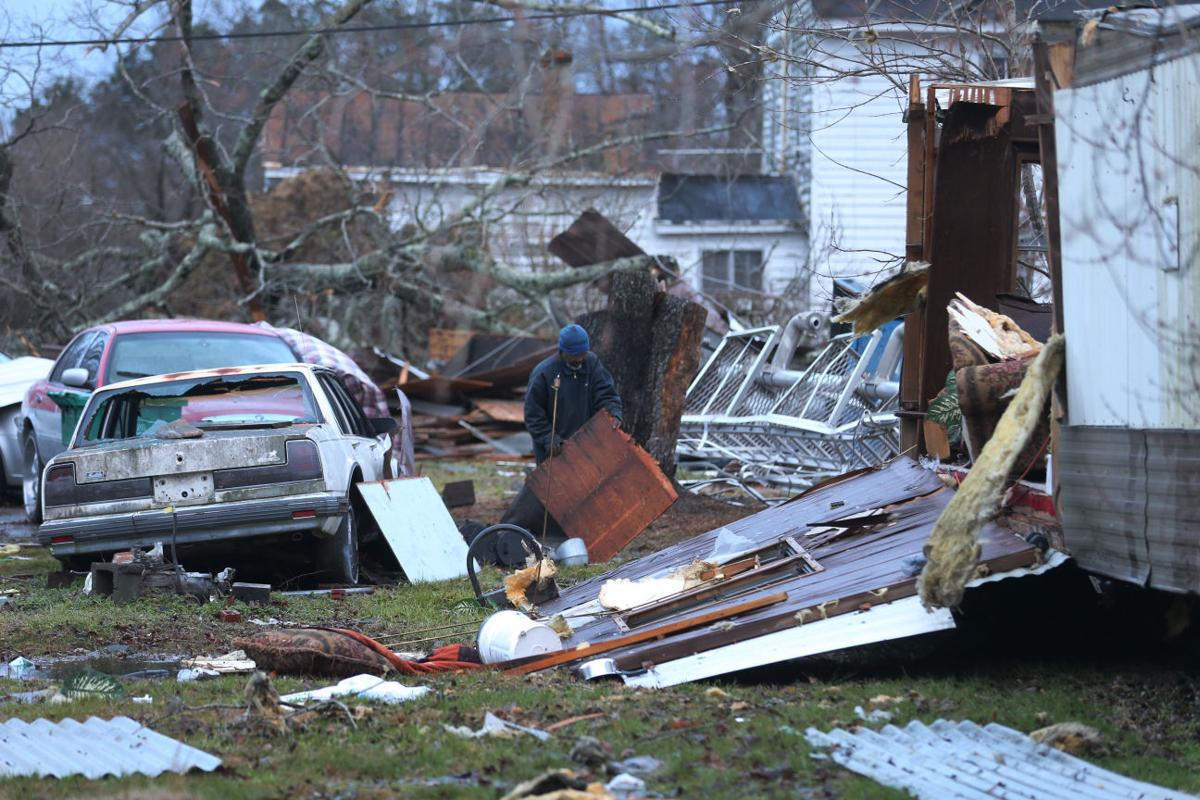
Tornado Preparedness
The Waverly tornado highlighted the importance of tornado preparedness. Residents of tornado-prone areas should have a plan in place for what to do in the event of a tornado warning. This plan should include a safe place to shelter, such as a basement or storm cellar, and a way to stay informed about weather conditions.
Tornado Response
The Waverly tornado also provided valuable lessons about tornado response. Emergency responders should be trained and equipped to respond to tornadoes quickly and effectively. This includes having the necessary equipment and personnel to conduct search and rescue operations, provide medical assistance, and assess damage.
Tornado Recovery
The Waverly tornado also taught valuable lessons about tornado recovery. Long-term recovery from a tornado is a complex and challenging process, and it is important to have a plan in place to help affected communities rebuild and recover. This plan should include a variety of resources, including financial assistance, technical assistance, and community support.
Closing Notes
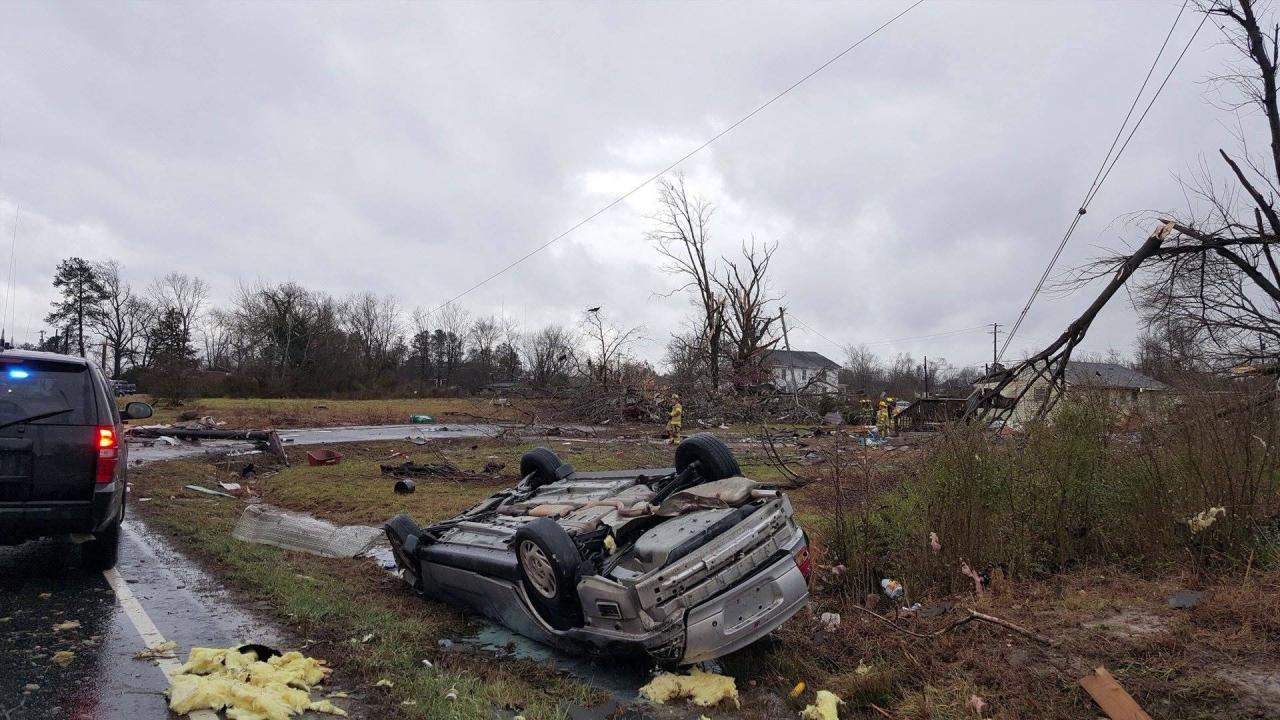
In the aftermath of the Waverly tornado, the community rallied together with unwavering determination. Immediate response efforts, including search and rescue operations and medical assistance, were swiftly implemented. Long-term recovery efforts, such as rebuilding and financial aid, are ongoing, demonstrating the resilience and strength of the human spirit in the face of adversity.
The lessons learned from the Waverly tornado have been invaluable, shaping tornado preparedness, response, and recovery protocols. These lessons serve as a beacon of knowledge, guiding communities in tornado-prone areas to enhance their safety measures and mitigate the impact of future events.
Essential FAQs
What was the intensity of the Waverly tornado?
The Waverly tornado was classified as an EF4 tornado, with wind speeds reaching up to 165 miles per hour.
How many fatalities were there as a result of the Waverly tornado?
Tragically, the Waverly tornado claimed the lives of 29 people.
What measures have been taken to prevent future tornadoes in the Waverly area?
In response to the Waverly tornado, enhanced tornado warning systems have been implemented, along with community education programs on tornado preparedness and safety.

